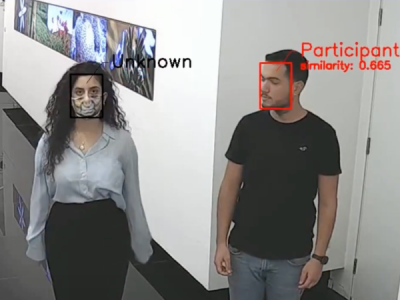Israeli Scientists Create Mask to Defeat Facial Recognition Technology
Researchers in Israel have developed a unique mask designed to protect wearers from facial recognition technologies. The mask features a specific pattern printed on fabric or paper, which prevents facial recognition systems from identifying the person wearing it. According to the developers, this pattern is effective against video surveillance systems worldwide, although they note that cameras can potentially be retrained to recognize new patterns.
Background: The Rise of Face Masks and Facial Recognition
The COVID-19 pandemic made mask-wearing a common practice, which initially disrupted facial recognition systems globally. However, as technology advanced, these systems adapted, and now standard medical or designer masks no longer prevent identification.
The Research: Designing an Unrecognizable Mask
Scientists from Ben-Gurion University and Tel Aviv University set out to test whether it was possible to create a mask that facial recognition systems could not overcome. They experimented with various patterns and gradients, ultimately developing a template that confuses any facial recognition technology (FRT). The mask’s design mimics the structure of a human skull, with outlines of a mouth, nose, cheekbones, and even parts of the eyes, all colored in a complex “rainbow” gradient.
Effectiveness and Results
“We tested our mask in real-world conditions,” the researchers report. “The system was only able to identify 3% of participants, regardless of gender.” In comparison, a person wearing a regular mask is recognized by cameras in 80% of cases. The scientists emphasize that their template is not the only possible solution; it is feasible to develop a unique pattern for each facial recognition technology currently in use worldwide.
Potential Countermeasures and Future Developments
The researchers believe that this threat can be addressed. For example, systems could be configured to treat any face mask as a standard medical mask, helping the technology avoid confusion. Another approach is to train cameras to reconstruct the lower part of the face based solely on the upper part.
“There is a popular approach called a generative adversarial network (GAN),” explains Alon Zolfi, a graduate student who led the “adversarial” mask research. “It uses known input data to reconstruct a portrait. However, this is a resource-intensive method that requires a completely different technical architecture and training. The human operator behind the camera also plays a significant role in this process.”
Demonstration and Source
The researchers shared a video demonstrating the effectiveness of their mask in their report (PDF). You can watch the video below:



